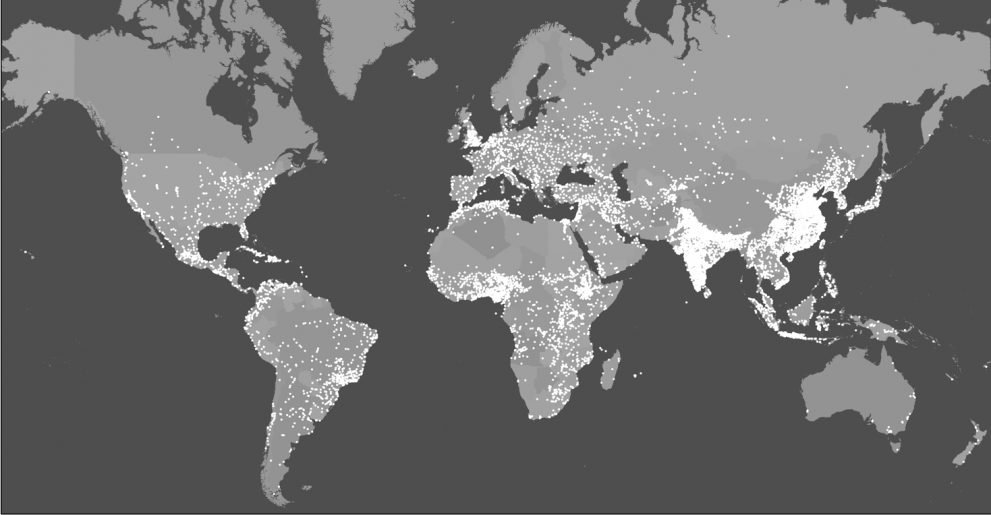
A recently published UN Synthesis Report finds a wide spectrum of urban realities for people across the globe.
For example, the majority of households in sub Saharan Africa spent more than 30% of their income on housing between 2011 and 2015.
In Australia and New Zealand, only 6% of households spent this much.
With input from JRC scientists, the report tracks progress made towards reaching Sustainable Development Goal 11: to make cities inclusive, safe, resilient and sustainable.
The report stresses that harmonised and quality urban data is key to designing effective policies to meet this goal.
Although the share of the urban population living in slums has declined by 20% between 2000 and 2014, the number of people in slums increased from 807 million to 883 million over the same period, as a result of population growth and migration.
The increasing urban population is also putting more pressure on infrastructure and services.
Between 2001 and 2014, demand for public transport has increased by nearly 20 percent.
JRC data shows how, over the last 20 years, cities grew in size by 1.5 times the rate of their population growth.
Cities that use land more efficiently have far better conditions to provide public goods and basic services at a lower cost.
Such areas can consume less energy, better manage waste, and are more likely to maximise the benefits of urban agglomeration.
Public authorities need to take action to protect air quality in rapidly industrialising countries with large urban populations.
Emissions, along with other data relevant for assessing the performance of European cities, are made available through the Urban Data Platform – a common project of the European Commission's JRC and department for regional and urban policy.
JRC contribution to the report
JRC scientists took part in the expert group that put the report together, providing input on how cities in Europe and across the globe are performing.
The JRC also helped with innovative methodologies and harmonised global and European data.
Several JRC initiatives are highlighted in the Synthesis Report as good practices and datasets to refer to.
In particular, contributions from the Knowledge Centre for Territorial policies, such as the extensive data available on the Urban Data Platform, provide good examples of how to present information in a harmonised and user friendly way.
The report identifies Earth observation as a key alternative source of information to support SDG11.
In this regard, the JRC's Global Human Settlements Layer (GHSL) delivers global maps of built-up areas, population density and settlement typologies for four periods, going as far back as 1975.

The report also recognises the need to adopt a global definition of what a city is, in order to have comparable measurements for SDG 11 indicators.
For the time being, countries use very different definitions, based on factors like population size or administrative boundaries.
GHSL data will be vital in working towards this harmonised definition.
The European Commission is expressly committed to developing such a definition, based on population size and density, and the EU degree of urbanisation.
The JRC also developed the Land Use Efficiency Tool that easily allows users to measure the SDG 11.3.1 indicator on land consumption, using open and free data.
The Cultural and Creative Cities Monitor is also mentioned, linked to the SDG 11.4 target to strengthen efforts to protect and safeguard the world’s cultural and natural heritage.
The report was officially launched on July 12th, 2018 during a dedicated event coordinated by UN Habitat.
Related Content
Details
- Publication date
- 5 September 2018
